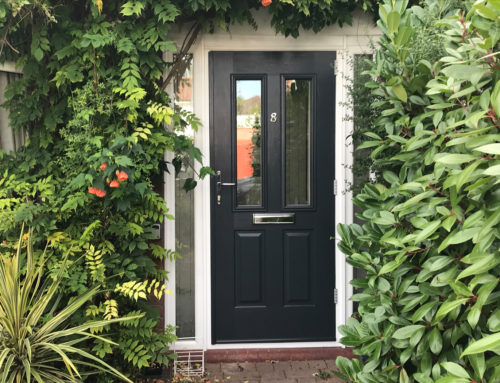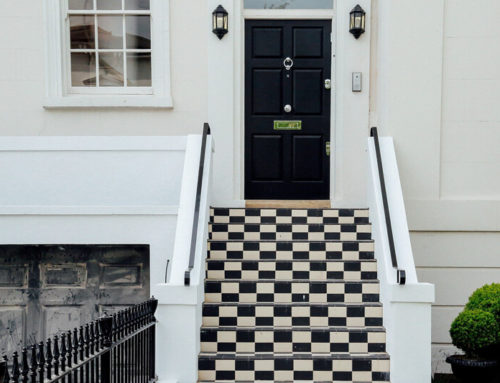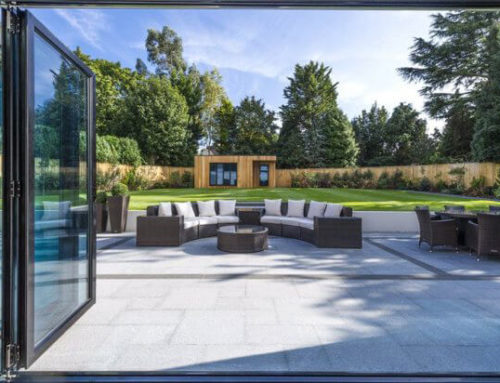
Adapting your home for wheelchair access can be easier than you think
If you rely on a walking aid or are in a wheelchair, or if you have a relative or close friend who has a disability, then making your home fully accessible is an important priority. This might involve some big changes (e.g. moving to a property where stairs are not an issue or fitting a stair lift, installing ramps indoors and out, and having specialist equipment fitted in the bathroom). Improving your home’s accessibility is also about thinking beyond the obvious challenges to everyday living issues – how easy is it to operate the windows from a wheelchair, for example, or get into the garden? These are small details that, if adapted properly, can make day-to-day life run smoothly, and if overlooked, can make it hugely difficult.
Examine your house, one room at a time
If you’ve just moved into a new property, or suddenly need to make your current home more accessible, it can be difficult to know where to start. The best way to highlight areas that need adapting is to move through the house doing simple everyday tasks (like making a cup of tea, doing the washing up and putting the clothes away) to determine if any of these would cause difficulty for someone in a wheelchair. It is often the little things that can make the difference between a person that is dependent on others for constant assistance, and someone who can move around the living space safely, easily and independently.
Modifying your windows
Opening and closing the windows in your kitchen, lounge, bedroom and bathroom can pose issues for a wheelchair user. The average height of a wheelchair seat is 20 inches, while the majority of window sills are much higher than this. Installing a crank handle is an effective alternative to hiring a builder to lower your windows. Also, if your windows stick when opened, consider fitting replacement windows for easy accessibility. You could also talk to a glazing expert about installing the locks at lower points on the frames, so that you don’t have to worry about not being able to lock your windows and keep your home secure.
Modifying your doors
Being able to get in and out of the house is absolutely essential for giving wheelchair users independence, and doors often require most attention when adapting the home. Low-threshold options are needed for residential doors, as well as French, patio or folding doors that lead to the garden, so that wheelchairs can pass through easily. Doorways also need to be widened to at least 32 inches to accommodate the width of a wheelchair, which is typically 24–27 inches. Sticking doors should also be replaced with efficient ones, and locks will need to be positioned in easy-to-reach spots.
Here at Hamilton Windows, our windows and doors can be expertly tailored to make your home more accessible. If you live in Surrey, Battersea or Wandsworth, contact us today to find out more.






